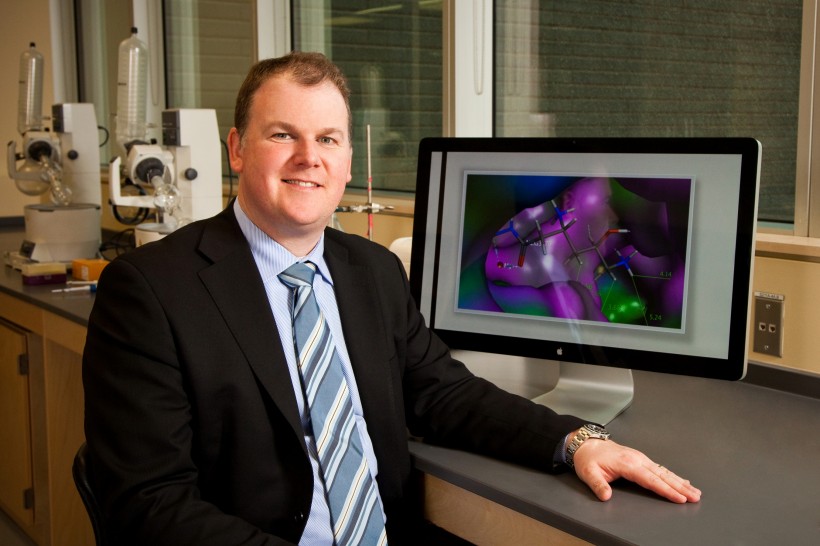You really get an idea of how cool 3D BioFibR is when CEO Kevin Sullivan starts talking about bulletproof T-shirts.
Halifax-based 3D BioFibR aims to produce commercial quantities of nature’s “strongest, lightest and toughest” materials. The company was launched last year and closed a $550,000 funding round in its first six months.
Now the company has 16 employees and Sullivan is gearing up to launch its first product – using manmade collagen to build 3D tissue culture. In the longer term, the company plans to produce industrial quantities of spider silk, which eventually will lead to – you guessed it – bulletproof T-shirts.
“One of the attractive parts of 3D tissue culture and the research market is you can get to market faster [than in other markets, such as those requiring complicated regulatory approvals],” said Sullivan, who has spent his career leading drug discovery companies. “I've never run a company that actually had revenues so I’m excited about this.”
The company came to life last year when Sullivan – the Founder and former CEO of Appili Therapeutics, which is now listed on the Toronto Stock Exchange – and Dalhousie University researcher John Frampton teamed up. Frampton, the company’s Chief Science Officer, has improved methods of producing biofibres – fibres that exist in nature and are used by humans. They include spider silk (the threads spiders make for their webs), collagen (the main structural protein found in skin), and chitosan (a multi-purpose substance found in shellfish shells).
These materials already have a range of commercial applications in such markets as medicine, green textiles, aerospace and defense. Frampton’s methods allow them to be produced in industrial quantities at lower prices than what’s available now.
Sullivan said 3D BioFibR is close to producing collagen in a thread form, which can be used to build 3D culture tissue, a three-dimensional framework on which to build structures of cells. This is a $1.6 billion market that is growing quickly, and since it is used in research rather than treatment or diagnostics, there are few regulatory hurdles.
With Appili, Sullivan adopted a two-track strategy for bringing products to market: Work on a product for a small market that could gain traction quickly, bringing in revenue while the team develops a more complicated project for a larger market. He’s repeating that strategy with 3D BioFibR, and the bigger, more exciting market is spider silk, a material known for its strength, light weight and flexibility.
IMV Prepares for Phase 2B Trials
Sullivan asked me to consider the physics involved in a fly going full speed into the thin strands of a spider web – the fly hits the web with enormous amounts of energy, and the strands bend but don’t break. It helps you to understand that this material could be bulletproof, and he added that the military is interested in the project.
“Spider silk is more long-term but has bigger potential,” said Sullivan, adding that there are also opportunities for medical products and even green textiles for the fashion industry. “Spider silk is one of the strongest materials ever developed but it’s also quite flexible and it absorbs energy really well. . . . There’s a lot of advanced engineering applications.”
He said 3D BioFibR recently graduated from the general stream of Creative Destruction Lab-Atlantic, and also got to spend time in the CDL Matter cohort in Toronto, which specializes in materials. (Sullivan has now served as both a mentor and mentee in the program.) The experience helped to expand the company’s network of contacts.
Sullivan said the company has raised more non-dilutive financing than the $550,000 it raised last October, and it may raise more equity financing soon. He said: “We’re looking at doing a closely held insider round over the next two months.”










